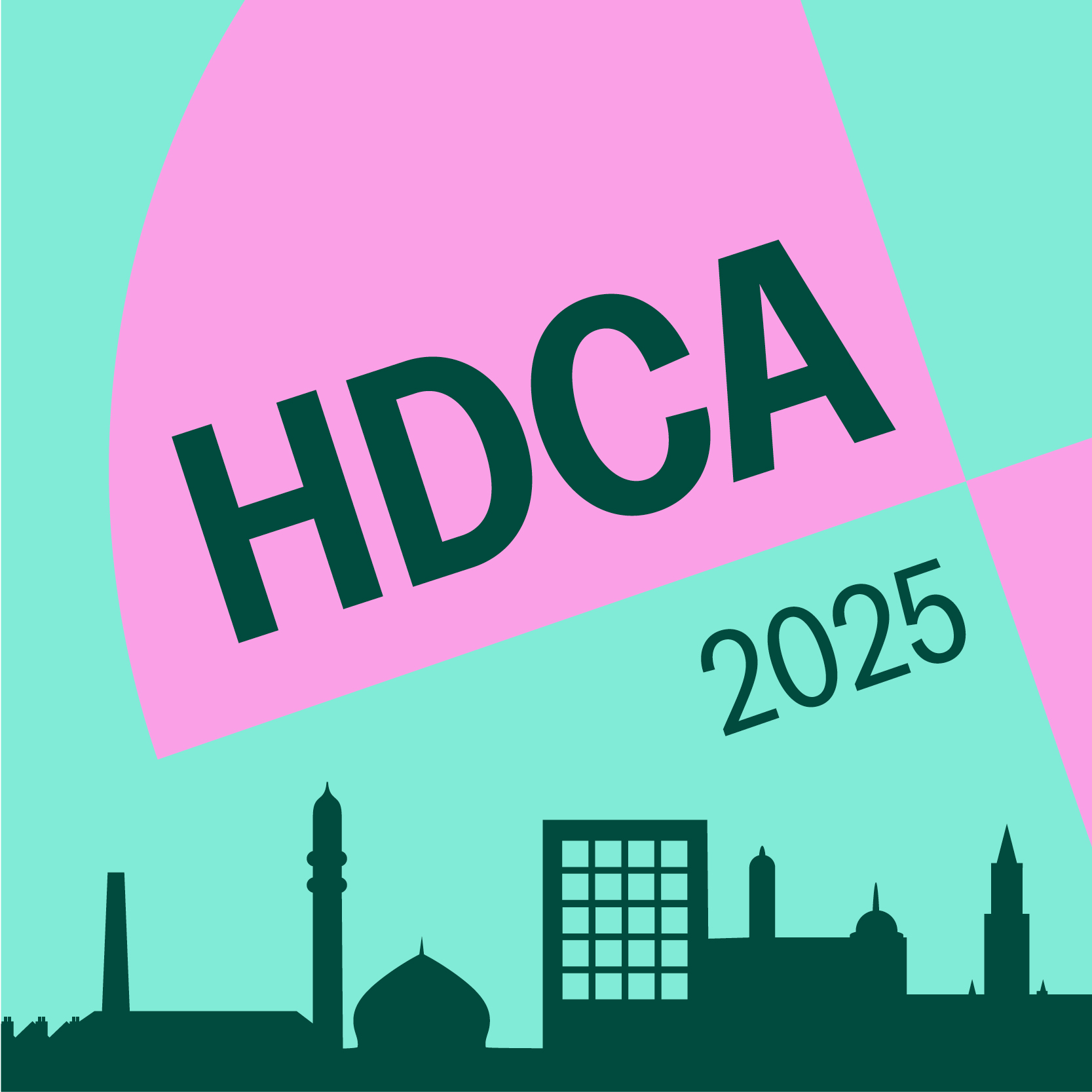…l Policy with empirical examples using case studies from South-Africa, Asia, Australia, Europe and North and South America. The result is a call for a new, feasible approach towards more socially balanced, democratic and innovative capability-promoting policy activities, models and programmes that reduce social and human suffering to promote an enhanced social quality of current societies around the world. Publication date: November 2017 Pre-order…
HDCA Webinar: Rethinking Participatory Research in the Pandemic Era
…ody of capabilities-facing scholarship. This includes nine single authored monographs by past PhD students in the last few years. She has published over 200 books, book chapters and articles and presented keynotes and conference papers in the UK, Europe, Australia, USA, Canada, Latin America, Taiwan, South Korea, and South Africa. Her latest book edited with Alejandra Boni is Participatory research, capabilities and epistemic justice. A transforma…

